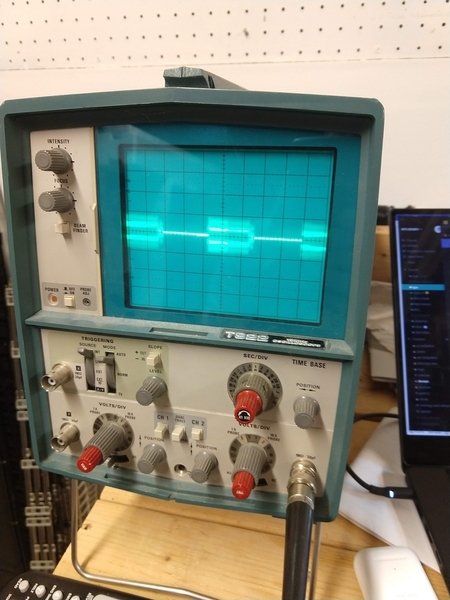Ah hah! The practical world always wins.
Our replies crossed. I get now that adding channels is to be done with discretion, because it has other costs. I would have them on one TIU in my case, for the longest two mainlines that are in question (2 mains times 2 channels per main, likely), and I’ll keep that one designated as TIU #1 after reading this. Since I set them up with banana plugs, I can take one “to the bench” and tell it what its number is without much trouble, following the directions for this in Barry’s book. I expect to have no more than three TIUs when all is completed.
Second: the issue of operating rules and following your train, and now that you mention it, not too high a momentum setting on the locos so panic stop is less needed. “Superdetailing with sound” (a magazine editor’s apt term), using whistle/horn and bell per the railroad rules, so everyone knows when you start an engine and move it (bell) in a congested place. And brownie points for violations  which will likely mean, a crushed rubber pedestrian appears under your locomotive, and you bring the brownies for the next operating session. Fortunately, in my case there won’t often be two trains on one main, so collisions in the absence of accidentally thrown switches are not a big concern. Smooth trackwork, slow speeds, and managing train length equals few derailments here, also.
which will likely mean, a crushed rubber pedestrian appears under your locomotive, and you bring the brownies for the next operating session. Fortunately, in my case there won’t often be two trains on one main, so collisions in the absence of accidentally thrown switches are not a big concern. Smooth trackwork, slow speeds, and managing train length equals few derailments here, also.
Would appreciate the “real” answer!
![]()
![]()








